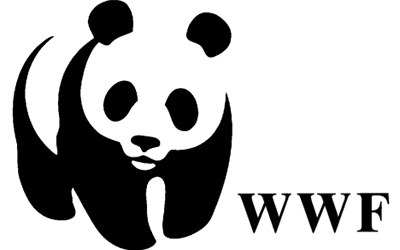Community / Land projects / Seventh Operational Phase of the GEF Small Grants Programme in Costa Rica
Seventh Operational Phase of the GEF Small Grants Programme in Costa Rica

€1920082.081
07/20 - 07/24
Completed
This project is part of
Implementing Organisations
Donors
Data Providers
Objectives
To build the socio-ecological and economic resilience of the Jesus Maria and Barranca watersheds, the lower and middle watershed of the Grande de Tarcoles river and the Paso Las Lapas Biological Corridor in Costa Rica through community-based initiatives for global environmental benefits and sustainable development.
Other
Note: Disbursement data provided is cumulative and covers disbursement made by the project Agency.
Target Groups
The GEF SGP Costa Rica Country Programme will tackle the root causes of biodiversity loss in five prioritised landscapes covering approximately 199,627 hectares. These include the three most degraded watersheds in Costa Rica (Jesus María, Barranca and Tarcoles), and two Biological Corridors (Paso Las Lapas and Montes de Aguacate). These landscapes present historical environmental challenges with regards to biodiversity loss, climate change and land degradation, whereby soil erosion and soil loss has been traditionally exacerbated by inappropriate farming practices, especially on steep slopes exposed to intense rainfall and run-off. More notably, extensive cattle ranching in the Paso Las Lapas Biological Corridor, especially on exposed, steep slopes has led to landslides and slumps, soil loss and threatens ecological recovery. The Project Objective is to “build the socio-ecological and economic resilience of the Jesus Maria and Barranca watersheds, the lower and middle watershed of the Grande de Tarcoles river and the Paso Las Lapas Biological Corridor in Costa Rica through community-based initiatives for global environmental benefits and sustainable development”. Through the support provided by SGP and the mobilization of resources to community groups engaged in the implementation of projects, both MAG and MINAE, through their network of regional agencies, are able to provide long-term and concrete technical support to these local actors, by developing tailored strategies at a farm level, continual training and technical assistance, including training manuals and methodologies, and by facilitating exchanges, and elevating the effectiveness, impact and sustainability of individual projects. Overall, the objective is to benefit 3,000 persons (1,500 men and 1,500 women) and their families and other community members from ostensibly rural communities through developing organizational, administrative and technical capacities, value chain strategies and increased market access, towards increased adaptive management skills and build social and ecological reliance. A particular focus is in youth and women. SGP, together with CADETI has also looked to strengthen multi-stakeholder platforms and strengthen strategic community participation and representation within these governance structures in the JMRB and BRB through the formalization of river basin Committees (one for each basin). GEF-7 will allow for the continual participation and monitoring of these, extracting lessons learned to be applied in the lower Tarcoles river commission. These governance platforms are essentially mechanisms for coordination at the landscape level, integrating formal institutional representatives, as well as NGOs, community groups, farmers’ associations and local government. Likewise, the Local Committees (COLAC) of each of the two Biological Corridors found within the intervention area, namely, Paso Las Lapas and Montes de Aguacate are multi-actor governance platforms involving community organisations and state institutions.




